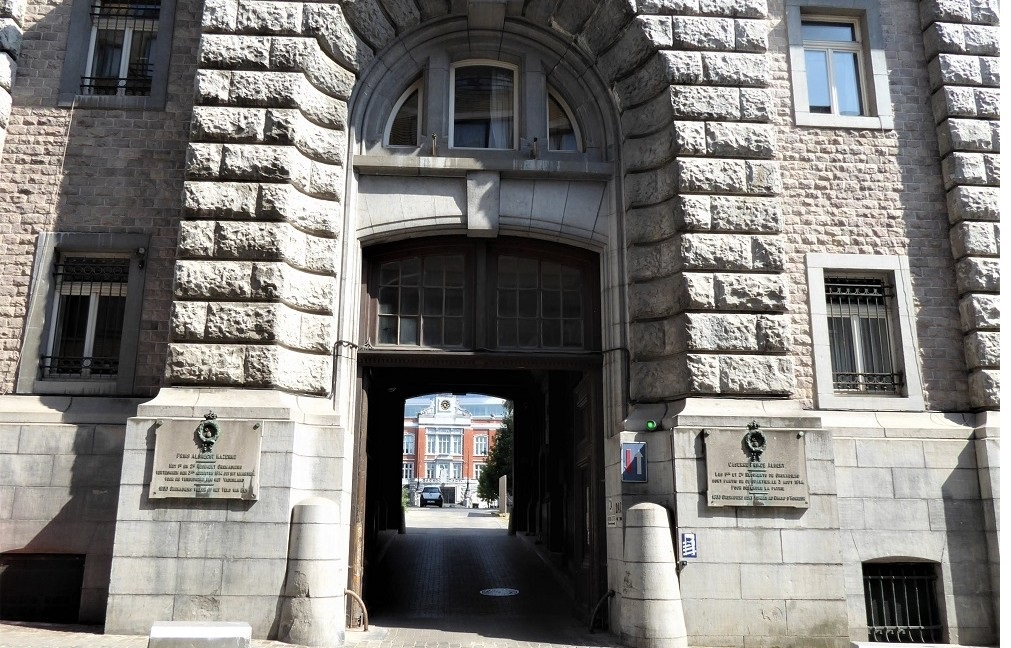The massive Albert Barracks are located near the Square du Petit Sablon in Brussels. Three entrances built with massive rusticated stones lead into the former parade ground. A plaque next to the first door commemorates the soldiers from this barracks who died in the First World War.
But there is another plaque that no one ever notices. It has been placed on the wall next to one of the gates, but so high up that no one can see it. ‘Here was the site in the 16th century of the Culemborg palace where the Geuzen held their banquet on 6 April 1566,’ it reads. ‘The Council of Blood tore down the building in 1568 to punish the defenders of freedom of religion.’
You may know the story of the Geuzen. You may not. The banquet they held here marked the beginning of a revolt against Spanish tyranny that led ultimately to the creation of the Dutch Republic.
It began in this street when some 300 nobles gathered in a house owned by Count Culemborg. The nobles had decided to submit a petition to the governor, Margaret of Parma, calling for an end to the persecution of Protestants. They presented the petition to Margaret in the great hall of the ducal palace known as the Aula. Margaret then turned to her adviser, Charles de Berlaymont, and asked, in French, ‘Who are these people?’ Berlaymont replied, ‘Don’t be afraid, Madame, they are nothing but beggars.’
The nobles met again in the Culemborg palace on 6 April 1566. It was here they adopted the name ‘geuzen’, or ‘beggars’. And a nation was born.
Derek Blyth’s hidden secret of the day: Derek Blyth is the author of the bestselling “The 500 Hidden Secrets of Belgium”. He picks out one of his favourite hidden secrets for The Brussels Times every day.

